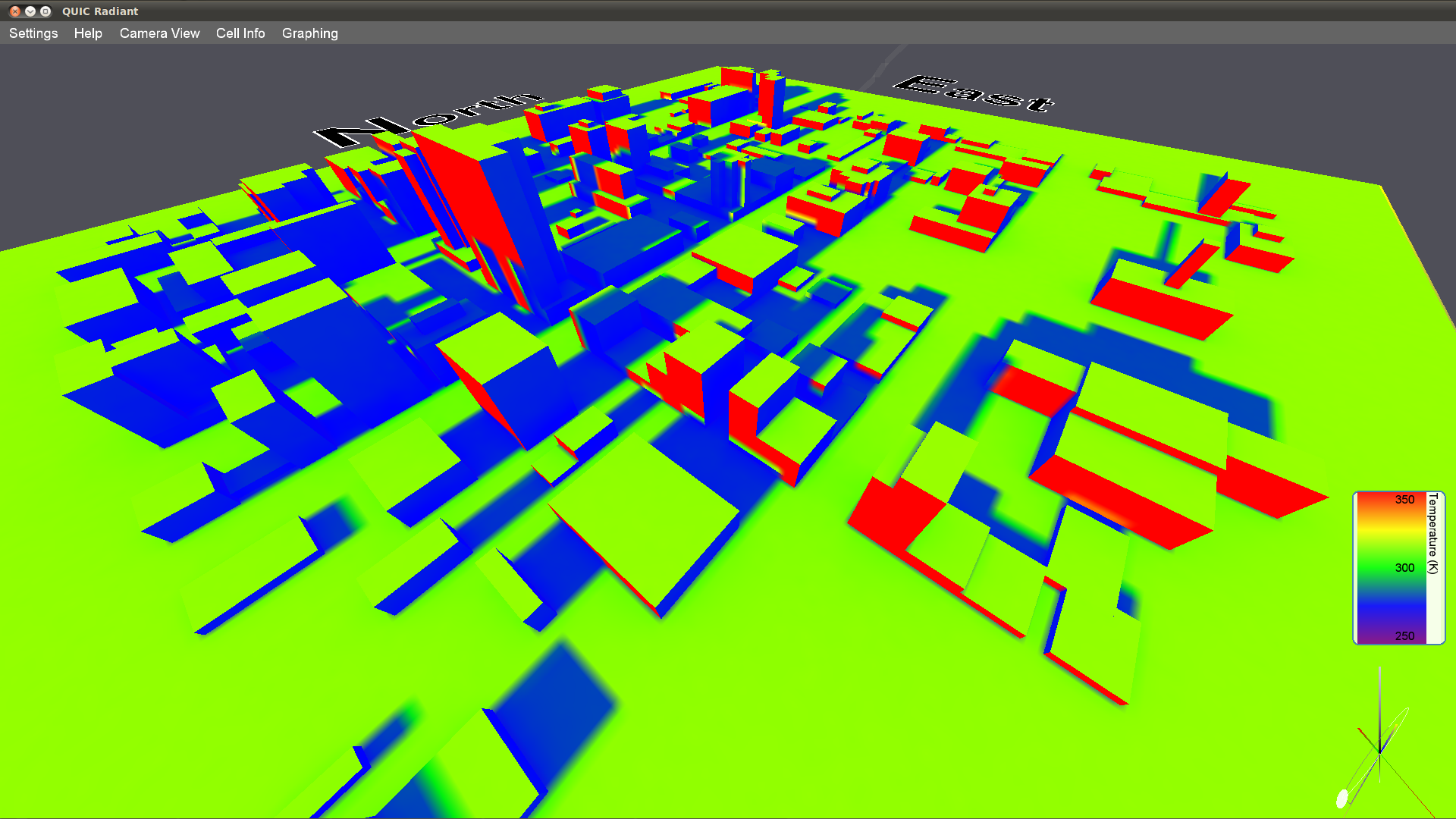The GEnUSiS (Green Environmental Urban Simulations for Sustainability) Project

Supported by the National Science Foundation - NSF IDRCBET-PDM 113458
Collaborative Research: The Impact of Green Infrastructure on Urban Microclimate and Energy Use
PIs: Eric Pardyjak, Rob Stoll, Todd Harman, W. James Steenburgh at the University of Utah with collaboration from Peter Willemsen at the University of Minnesota, Duluth
Students:
University of Utah: Bhagirath Addepalli (PhD), Brian Bailey (PhD), Daniel Alexander (MS)
University of Minnesota, Duluth - Scot Halverson (MS), Matthew Overby (MS)
Post-doctoral Fellows: Adam Kochanski
Research Professors: David Johnson
Intellectual Merit: We propose to use large-scale simulation science to investigate the impact of green infrastructure projects on urban energy use and microclimate. Green infrastructure projects come in many forms including; the development of parks, alteration of building rooftops, and the use of novel asphalt and concrete materials for streets and parking lots. They all share the common goals of reducing energy usage, mitigating pollution emissions and improving the urban microclimate. Due to difficulty in simulating the large disparity in length scales (m to km), little is know about their impact. Our interdisciplinary team will utilize a suite of computationally based strategies to bridge these scales and improve our understanding of how green infrastructure interacts with the urban environment at local (neighborhood), city, and meso- scales. Specifically, we are interested in how the distribution of heat, moisture and pollutants can be effected. We hypothesize that large-scale simulation science can be used to find optimal green infrastructure designs. We will investigate the complex interaction between urban form and green infrastructure and develop strategies to guide future projects. To adequately resolve the fundamental transport processes that govern the distribution of heat, water vapor and pollutants across a wide range of scales, will require petascale computing. We will implement a new urban fluid dynamics and mass transport simulation code inside of a massively parallel computational framework (Uintah) capable of taking advantage of the largest computing platforms. This simulation tool will be combined with mesoscale simulations to produce high-resolution (on the order of 1 m) simulations of the urban core with realistic atmospheric forcing conditions. Mesoscale simulations will also be combined with an extremely fast-running GPU based urban microclimate and dispersion tool to optimize the design of green infrastructure projects based on different criteria (e.g., energy usage, space). Our target simulation scenario is a full diurnal cycle of Oklahoma City during the Joint Urban 2003 field campaign, with high fidelity physics, resolving physical effects at length scales ranging from ~1m to 1000’s km. This target scenario takes advantage of the extensive datasets from Oklahoma City taken during the field experiment allowing for detailed validation. We will also utilize an interactive and immersive virtual environment to provide unprecedented understanding and refinement of the complex physical processes associated with transport and dispersion in an urban setting across scales from the street to the entire city.
Broader Impacts: These simulation tools will aid urban planners in developing useful and unique strategies for the designing and implementation of green infrastructure projects. To ensure this, we will continue to work with urban planners throughout the model development process. The data from the high-resolution simulations will be made available in an archival form to other researchers working on urban meteorology applications. These data will span an unprecedented range of scales and have a detailed representation of the physical processes. We anticipate that it will be useful for a wide range of model development and theoretical work outside the scope of this proposal. In addition, this proposal has a substantial outreach component at both collaborating universities designed to introduce American Indians, Alaskan Natives, and other minorities to simulation science and environmental engineering. Through our program, students will be invited to a weeklong interactive learning symposium during each of the three years of the grant. In addition, this project will provide interdisciplinary training in the atmospheric, engineering, computer and social sciences for graduate students and post-doctoral researchers through collaborative research activities and from involvement in the Global Change and Ecosystem Center at the University of Utah.



